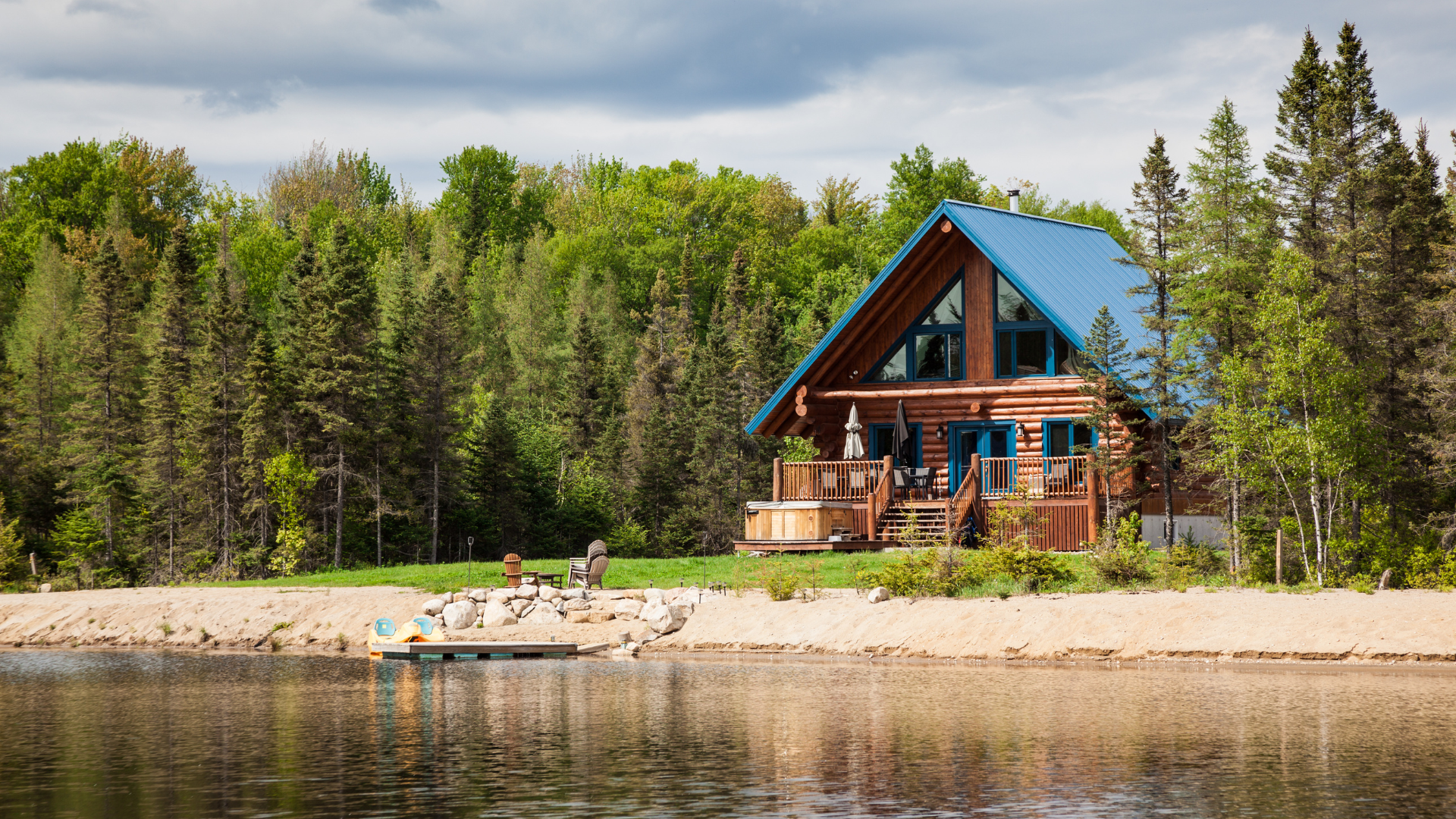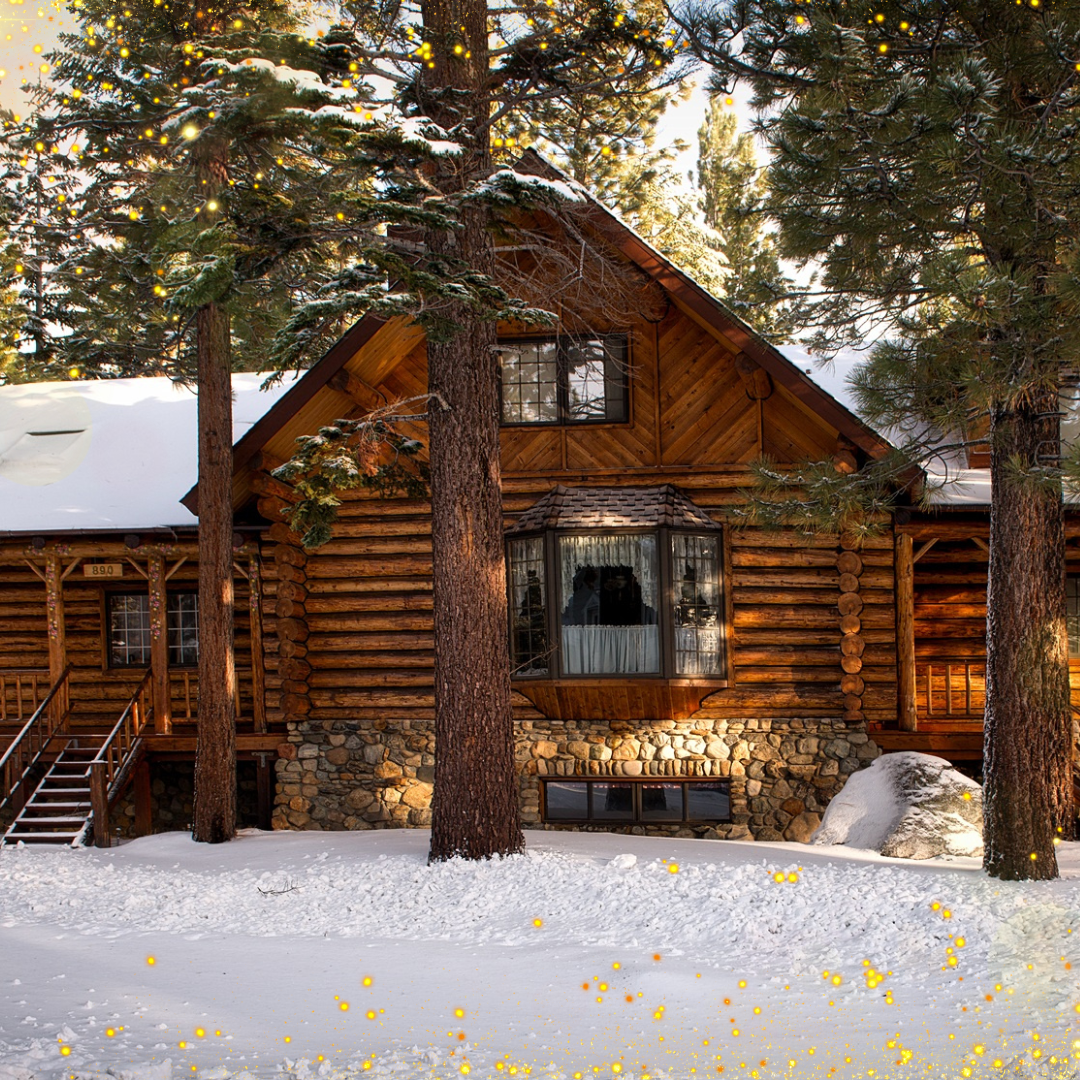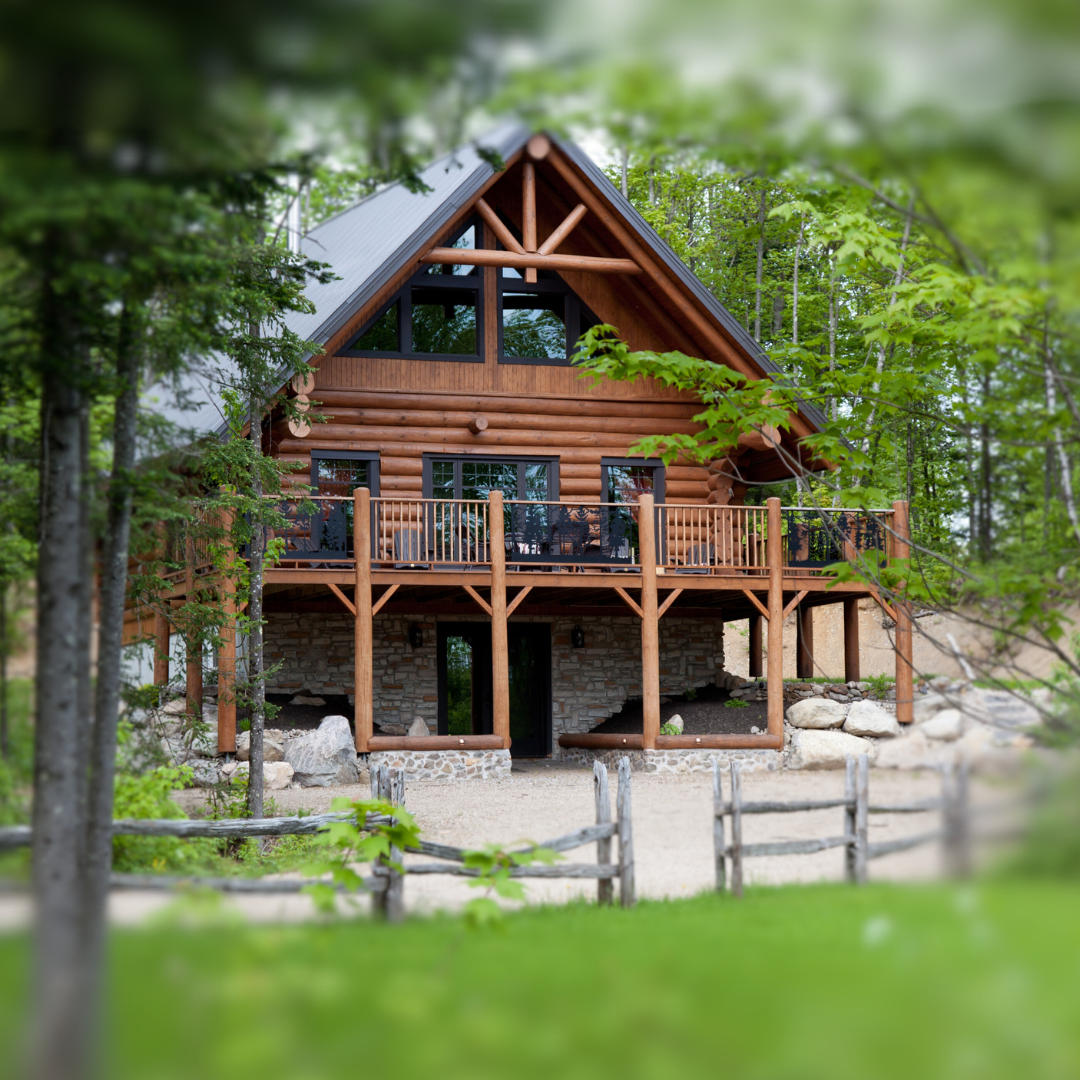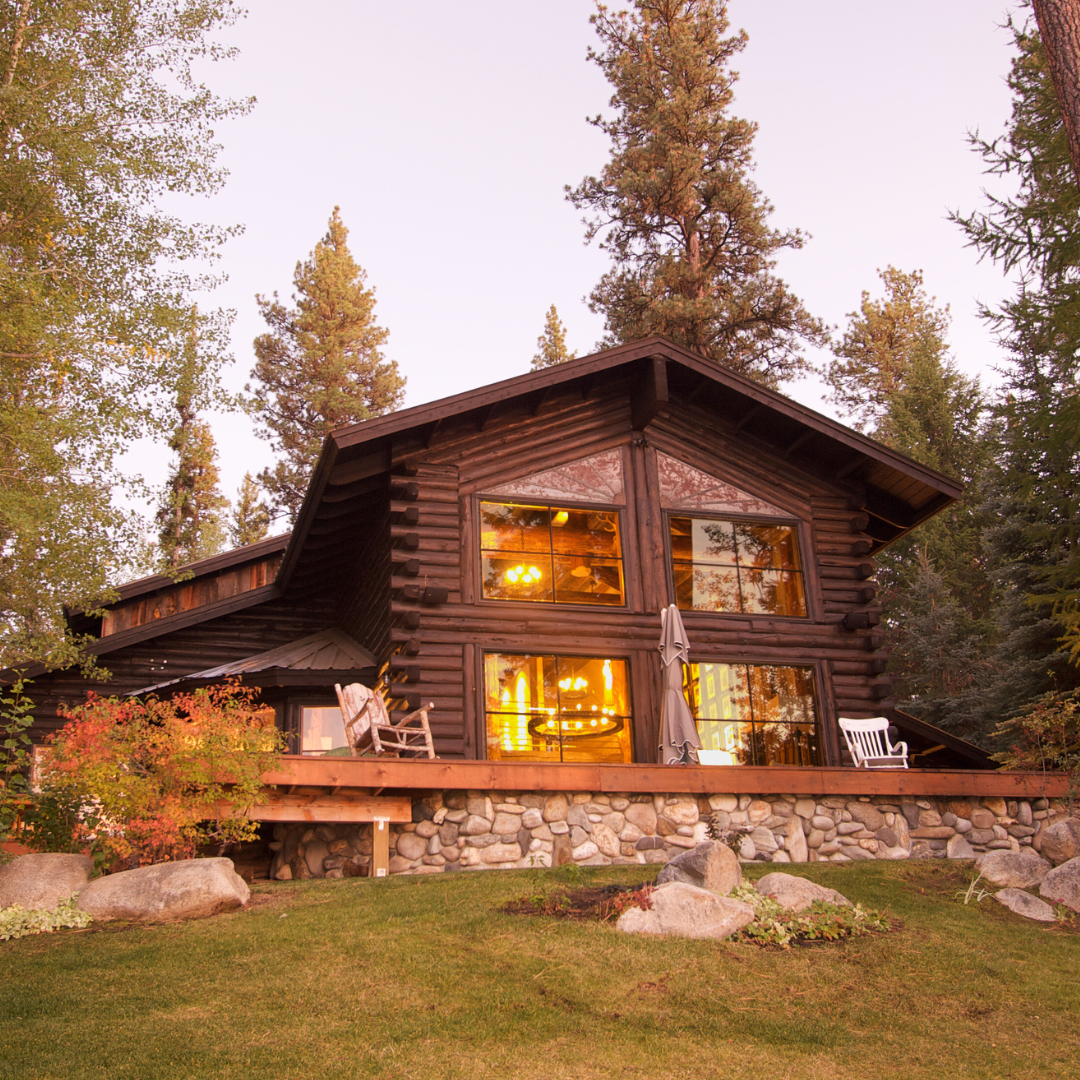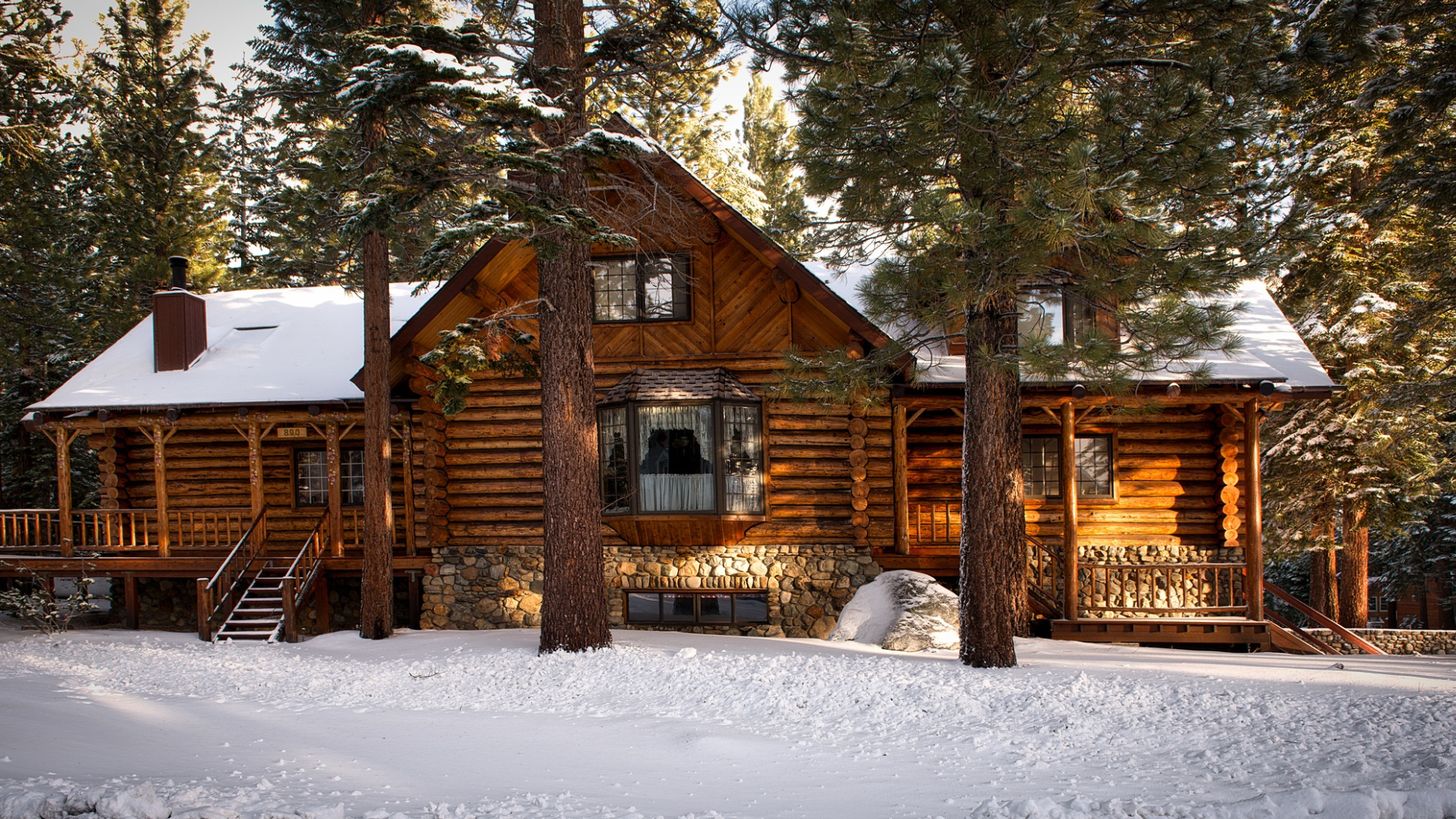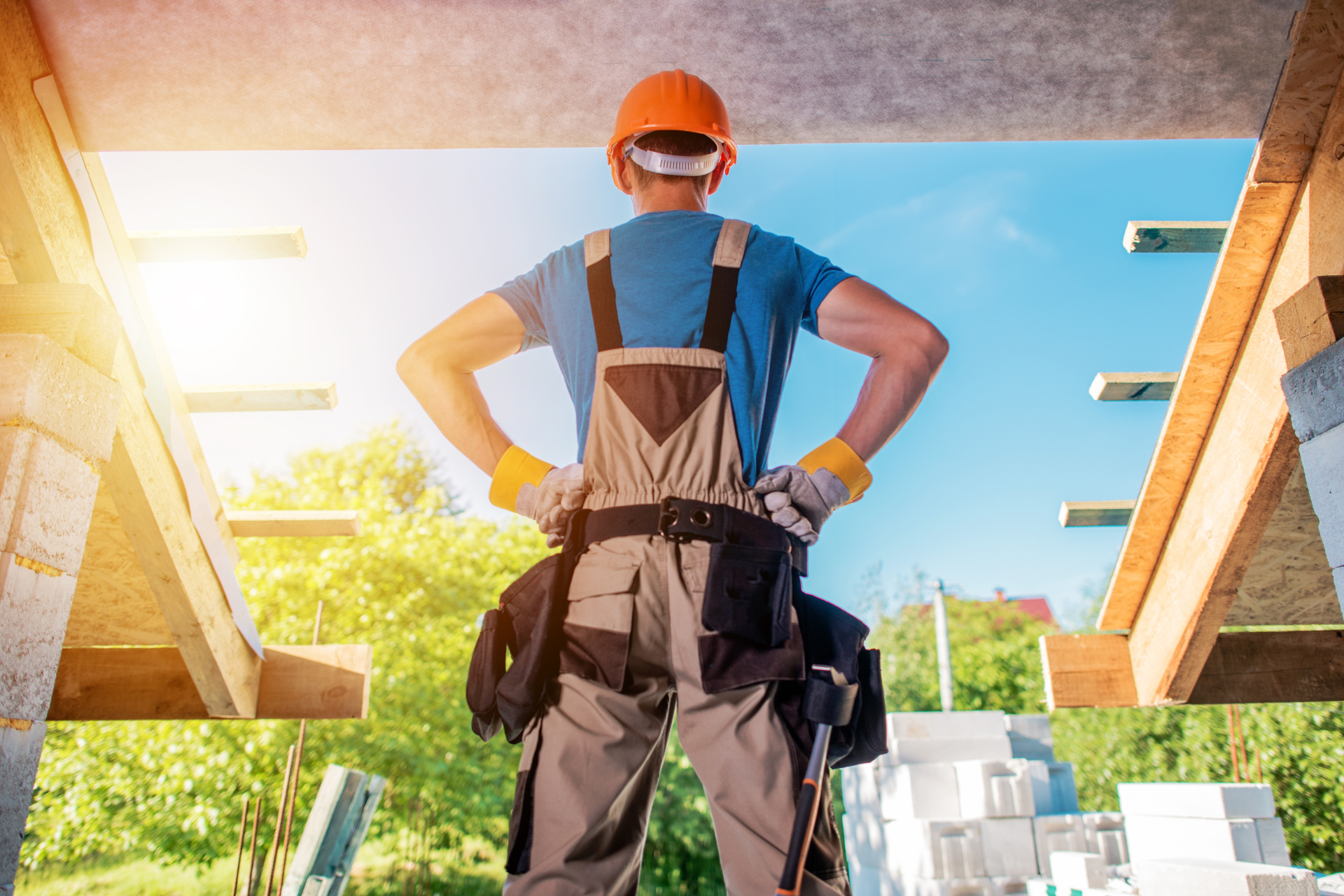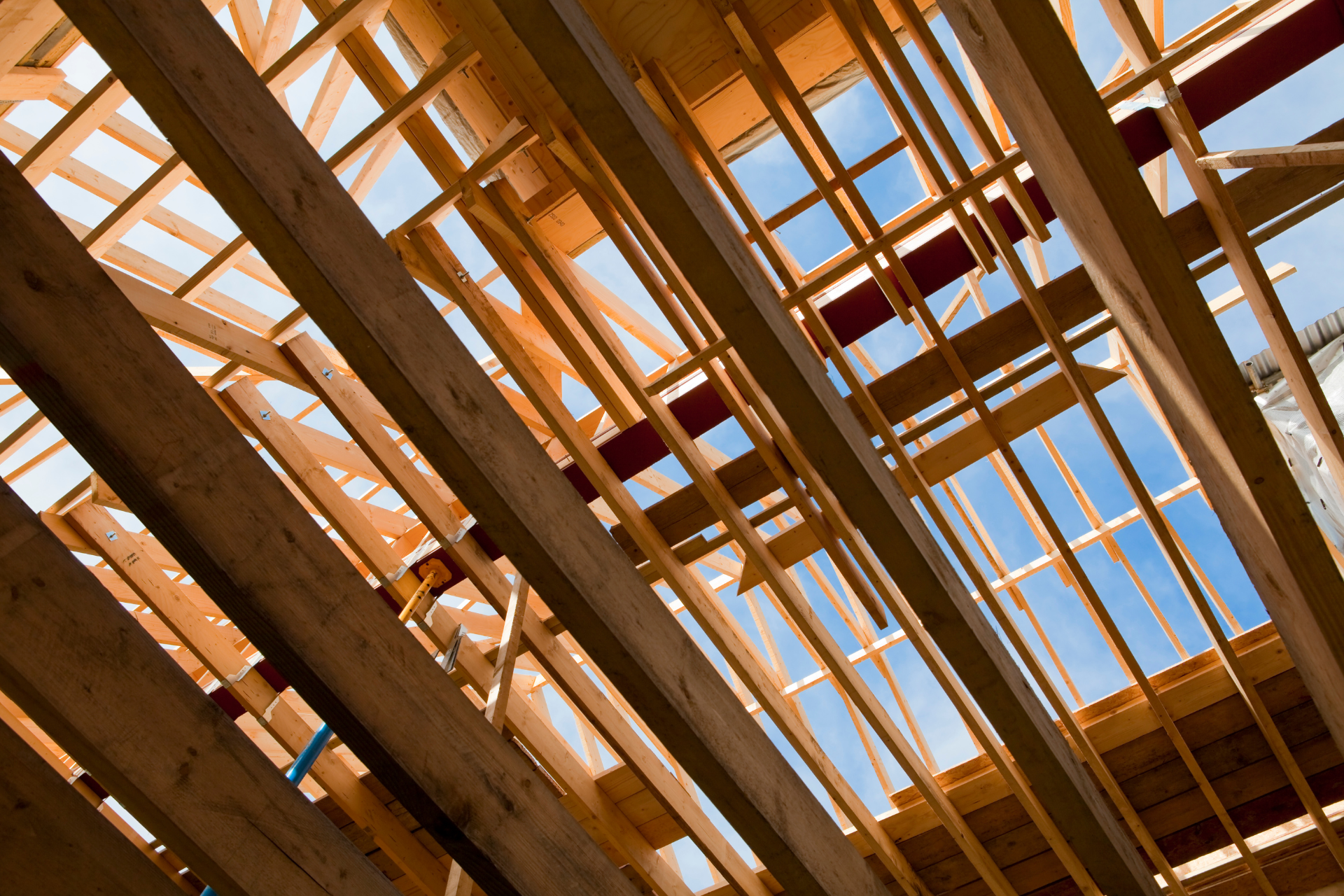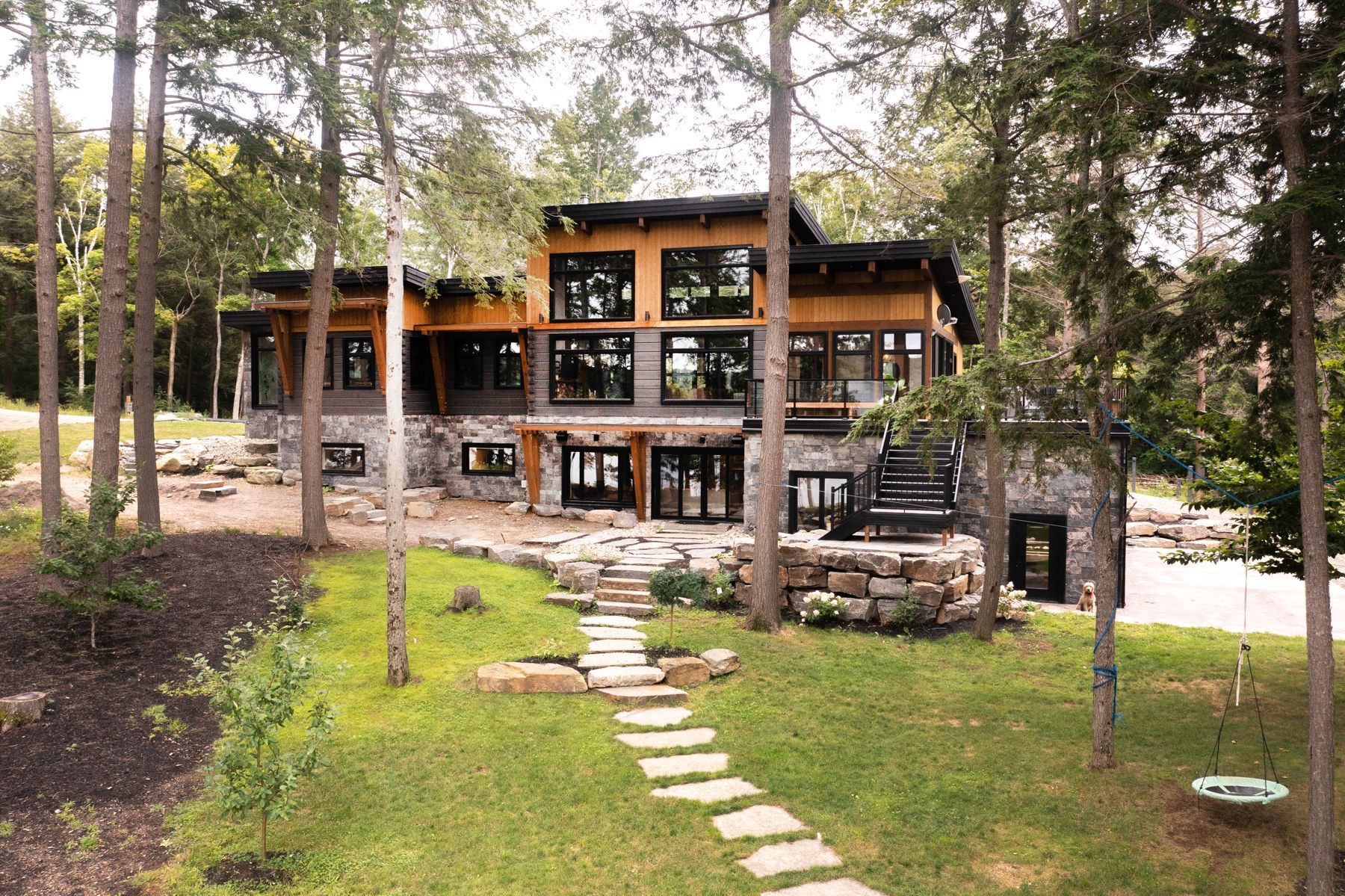Optimizing Insulation for Your Ontario Cottage
Best Choices for Comfort and Efficiency
Proper insulation is crucial for any cottage, particularly in Ontario's diverse climate, where the weather swings from bitterly cold winters to humid, hot summers. Insulating your cottage effectively is not just about comfort; it's about efficiency and sustainability. In regions like Ontario's cottage country, where temperatures can dip below -20°C in winter and rise above 30°C in summer, the right insulation helps maintain a consistent indoor temperature, reduces energy costs, and lessens the strain on heating and cooling systems. Understanding how to choose the best insulation for these conditions is essential for any cottage owner looking to enhance their retreat’s year-round livability and functionality.
Understanding Insulation and R-Value
Insulation is a protective barrier installed in buildings, like cottages, to control heat flow, enhancing comfort and energy efficiency. Its primary role is to maintain indoor temperatures by reducing heat loss in winter and minimizing heat gain in summer. This thermal resistance is crucial in regions experiencing extreme temperatures because it directly impacts heating and cooling costs and overall energy consumption.
The effectiveness of insulation is measured by its R-value, which indicates its resistance to heat transfer. The higher the R-value, the better the insulation's ability to keep heat in during winter and out during summer. For Ontario's demanding climate, choosing insulation with a high R-value is vital to ensure that your cottage remains a comfortable refuge. High R-value materials can significantly reduce energy bills and create a more stable indoor environment throughout the year.
Assessing Your Cottage's Needs
When selecting insulation for your Ontario cottage, consider both the location and the structure of the building. Cottages located in areas exposed to strong winds or near bodies of water might require higher R-values to counteract the chill and moisture, especially during harsh winters. Similarly, if your cottage has large windows or is built with materials that do not naturally insulate well, you’ll need more robust insulation solutions.
The structural design of the cottage also influences your choice of insulation. For instance, older cottages might have different requirements compared to new builds, particularly if retrofitting insulation. The roof, walls, and foundation each have specific insulation needs that must be addressed to optimize energy efficiency.
Ontario's climate demands insulation that can handle both extreme cold and intense summer heat. Therefore, selecting materials that maintain their insulative properties across a broad temperature range is crucial for ensuring comfort and reducing energy usage year-round.
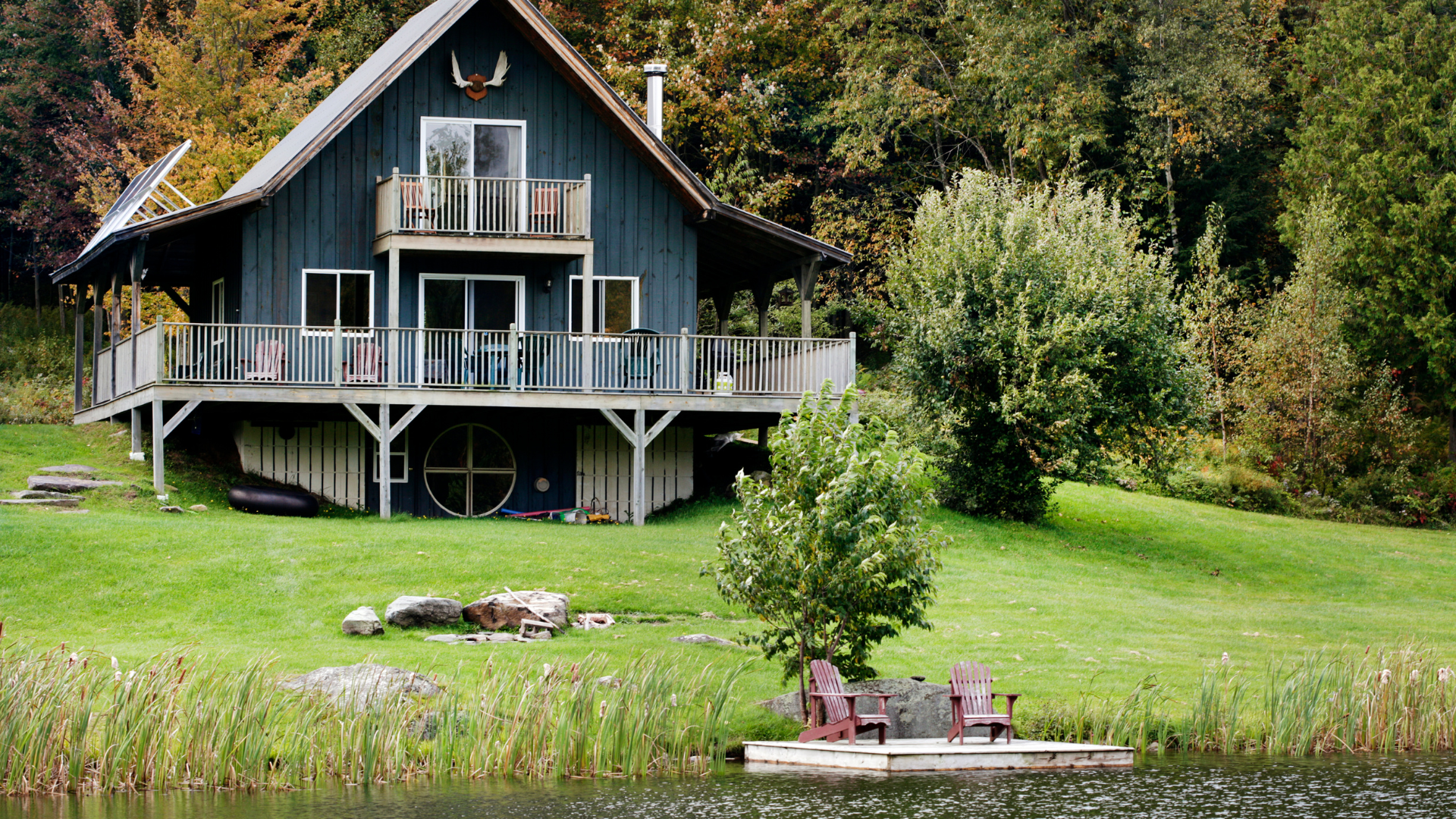
Best Insulation Materials for Ontario Cottages
Choosing the right insulation material for your Ontario cottage is essential to withstand the province's temperature extremes efficiently. Here’s a breakdown of the most common insulation types:
1. Fiberglass Insulation:
- Pros: Fiberglass is cost-effective and widely available. It offers a decent R-value and is suitable for both walls and attics. It's non-flammable and resists moisture absorption, which is crucial in humid summer months.
- Cons: It can be irritating to install, requiring protective gear. Its effectiveness can diminish if it becomes compressed or wet, and it doesn’t provide a complete air seal.
2. Foam Insulation (Spray and Rigid Foam Boards):
- Pros: Foam insulation provides excellent thermal resistance and creates an air seal, which can significantly reduce energy costs. Spray foam, in particular, is excellent for filling gaps and irregular spaces, and rigid foam boards can add structural strength to walls.
- Cons: It is typically more expensive than fiberglass and must be installed by professionals due to the chemicals involved in the application. Spray foam can off-gas volatile organic compounds (VOCs).
3. Cellulose Insulation:
- Pros: Made from recycled paper products, cellulose is an eco-friendly option. It has a high R-value per inch and provides excellent soundproofing. It's also effective at filling cavities and odd-shaped spaces.
- Cons: It can settle over time, reducing its effectiveness, and may require a vapor barrier in extremely humid conditions. It's also not water-resistant and can be prone to mold if moisture infiltrates.
4. Mineral Wool (Rock or Slag Wool):
- Pros: Mineral wool has a higher R-value and fire resistance than fiberglass. It's also sound absorbent and does not require additional barriers against vapor or fire.
- Cons: It's more expensive than fiberglass and can be harder to find. Like fiberglass, it can be irritating to the skin and lungs during installation.
For Ontario cottages facing both freezing winters and hot summers, spray foam is often considered the best option despite its higher cost, due to its superior air-sealing properties and high R-value. However, combining materials, like using fiberglass in large, accessible areas and supplementing with spray foam in gaps and joints, can optimize both cost and performance.
Advanced Insulation Options
Advanced insulation options, such as spray foam and rigid foam boards, offer superior solutions for managing the harsh climate challenges in Ontario’s cottage country. Spray foam insulation, available in open-cell and closed-cell forms, is particularly effective. It expands to fill cavities and cracks, creating an airtight seal that significantly reduces heat transfer and prevents air leakage. This makes it ideal for both retaining warmth in the winter and keeping interiors cool during the summer. Its high R-value per inch also means better insulation in thinner applications, saving interior space.
Rigid foam boards add another layer of insulation, particularly useful for basement walls and flat roofs. These boards can be applied externally or internally, providing excellent thermal resistance and reducing thermal bridging, where heat bypasses the insulation through more conductive materials. Both spray foam and rigid foam boards contribute to a more consistent indoor temperature year-round, enhancing comfort and reducing energy costs in every season.
Cost-Effective Insulation Practices
To maximize insulation effectiveness without overspending, it's crucial to balance upfront costs with long-term savings. Here are some cost-effective insulation practices:
- Evaluate and Prioritize: Conduct an energy audit to identify the most significant heat loss areas in your cottage. Prioritizing these areas for insulation can yield the most immediate impact on energy savings.
- Choose the Right Materials: While materials like spray foam offer high R-values, they can be expensive. Combining materials, such as using less expensive fiberglass in easy-to-reach areas and reserving spray foam for sealing gaps and thermal bridges, can be more cost-effective.
- DIY Where Possible: Simple insulation projects like sealing windows and doors with weather stripping can be done without professional help, saving labor costs.
- Consider Longevity: Investing in higher-quality materials may have a higher upfront cost but can lead to greater energy savings over time. Durable materials like spray foam have a longer lifespan and maintain their effectiveness, reducing the need for replacements.
By considering these factors, you can effectively insulate your cottage in a financially savvy manner, ensuring that initial investments lead to substantial energy and cost savings in the long run.
Installation Tips and Common Mistakes to Avoid
Best Practices:
- Seal First: Before insulating, seal all air leaks around doors, windows, and where electrical lines enter the house. This prevents warm air from escaping in winter and hot air from entering in summer.
- Proper Fit: Ensure that insulation fits snugly between joists, rafters, and studs without gaps. Compression or gaps can significantly reduce the insulation’s effectiveness.
- Moisture Control: Use vapor barriers, especially in areas prone to dampness, to prevent moisture from compromising the insulation.
Common Pitfalls:
- Ignoring Manufacturer Instructions: Each insulation type requires specific installation techniques. Failing to follow these can reduce effectiveness and durability
.
- Overlooking Ventilation: Ensure that attic spaces are properly ventilated to prevent moisture buildup, which can lead to mold and reduce insulation performance.
- Skimping on Coverage: It's essential not to cut corners. Cover all areas adequately, especially hard-to-reach spots, which are often neglected.
By adhering to these guidelines and avoiding common mistakes, you can ensure that your insulation is installed effectively, providing maximum thermal efficiency and helping to reduce ongoing energy costs.
Conclusion
Choosing the right insulation is essential for maintaining a comfortable and energy-efficient cottage throughout the year. Proper insulation ensures that your retreat remains a cozy sanctuary against Ontario's harsh climates.
Evaluate your current insulation and consider necessary upgrades to enhance comfort and efficiency. Don't hesitate to contact a professional for an insulation assessment and expert advice tailored to your cottage's specific needs.

